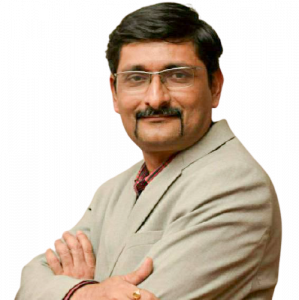New Plagiarism Rules Students Should Be Aware About
The word plagiarism is frightening to the students and young researchers as they are often penalized for unintentional plagiarism!
MUMBAI, MAHARASHTRA, INDIA, July 15, 2021 /EINPresswire.com/ -- Plagiarism has been the most complicated educational evil in academic and knowledge publications, wherein contents of other authors are used by people without due acknowledgment to the original author. There are various do's and don'ts which one should generally follow while making a publication however with the increase in the plagiarism percentage and in order to maintain the integrity of the academics, the UGC was in process of bringing in regulations to prevent this social evil.We need to understand what not plagiarism is: All quoted work reproduced with all necessary permission and/or attribution. All references, bibliography, table of content, preface, and acknowledgments. All generic terms, laws, standard symbols, and standards equations. Exclude common knowledge or coincidental terms, up to fourteen consecutive words.
The word plagiarism is frightening to the students and young researchers as they are often penalized for unintentional plagiarism! This can happen, if they are not aware or not taught properly how to make plagiarism-free materials. Plagiarism, or passing someone else’s work as your own, is not a new phenomenon in research. It has gained greater attention with the advent of technology that has made it easier to uncover instances of plagiarism. Whether intended or unintended, there is no excuse for plagiarism and the consequences are often the same. However, plagiarism may be accidental if it occurred because some terms are very alike in some subjects or unintentional paraphrasing. Students are likely to commit accidental plagiarism, so universities should stress the importance of education about this form of plagiarism.
Some software’s are available to check the plagiarism for thesis as well as for research papers. If the university has subscribed to any of this software, then students use it before submission of thesis. After analyzing the work using the software, they will get the certificate. If it has more than the allowed percentage, then students can do the modification depending upon the suggestions given in the certificate. Even for using other's work or ideas, not only citing the original resource, try to rewrite the ideas or thoughts in your own way, don't copy the source directly. But the main problem is there are many different tools available & everyone shows different data which confuses the students.
The new UGC regulations, titled the "University Grants Commission also known as Promotion of Academic Integrity and Prevention of Plagiarism in Higher Educational Institutions Regulations, 2018", bring about a special emphasis on the need for more awareness and integrity-driven conduct of academicians indulging in any research or academic writing.
While talking to the Media & research students Dr. Prakash Bhosale said “With these regulations, the Institutions has a core responsibility to ensure working in direction of curbing the plagiarized contents and uphold academic integrity. With access to unlimited information on a subject matter, it is easy to compile the content without putting the effort into analyzing the content for relevance. However, with strict regulations the students who are writing their Ph.D., Dissertation, Thesis, Research paper, MBA Project reports will be under a liability to ensure original creation which will ultimately help the author with overall academic and intellectual growth but some leniency should be shown towards the students as the universities demand 10% plagiarism on subjects like Humanity, they should allow at least 30% in my opinion.”
Dr. Prakash Bhosale
BBG EBRANDING MEDIA
+91 80970 27355
press@bbgebranding.com
Legal Disclaimer:
EIN Presswire provides this news content "as is" without warranty of any kind. We do not accept any responsibility or liability for the accuracy, content, images, videos, licenses, completeness, legality, or reliability of the information contained in this article. If you have any complaints or copyright issues related to this article, kindly contact the author above.

